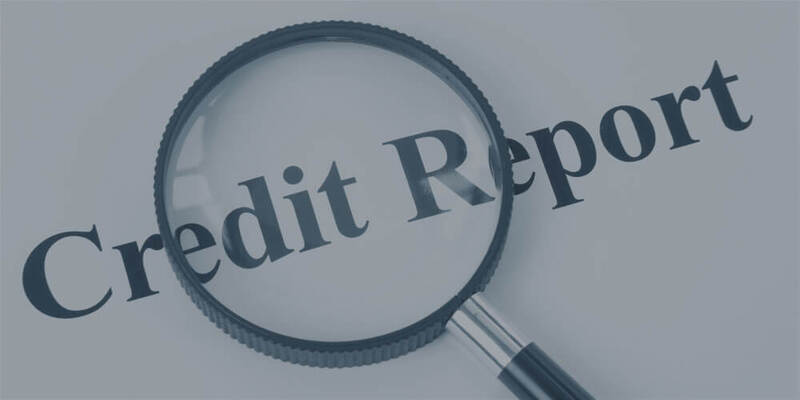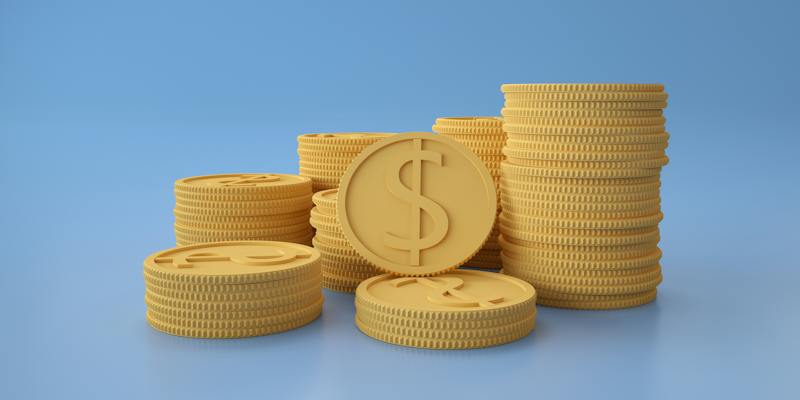The term "Available Credit" is used to describe the unused balance that is available for usage on a credit card. what is available credit on a credit card The credit card's available credit is the sum that can be charged to the card less any amounts the cardholder has previously spent. The monetary balance remains on your credit card after all charges have been deducted. Keeping tabs on your available credit will help you better manage your money and avoid exceeding your limit. Keeping tabs on your available credit can help you make smart financial choices, make on-time payments, and keep your utilization ratio in check. To prevent fees and keep your credit score safe, it's essential to understand the available credit concept and never exceed your limit. It helps you evaluate your financial situation to use credit cards wisely.
Total Credit Limit
what is available credit on credit card The credit card company's maximum allowed spending on your account is your credit limit. That's the most you can spend with that credit card each month. Your credit limit is based on several variables, including your credit history, income, and the regulations of the credit card issuer.
Remaining Debt
The total amount of your credit card charges that you have not yet repaid is known as your "outstanding balance." Everything you've charged since your last payment was due, from purchases to cash advances to fees and interest, is included here. what is available balance on credit card Your credit limit will be lowered by the amount you now owe on your credit card.
Available Credit
The amount of credit you still can access is called Available Credit, Remaining Credit, or Credit Available. A person's available credit is determined by deducting their current balance from their maximum credit. The amount of available credit is the sum that can be spent without exceeding the credit limit.
Importance Of Monitoring Available Credit

Keeping tabs on your available credit is essential for responsible credit card use. It aids in not exceeding one's credit limit, which can result in fines and a lowered credit rating. Keeping an eye on your available credit will help you make responsible financial decisions and avoid unpleasant shocks.
Utilization Ratio
The ratio of how much of your total available credit you are using is known as your "utilization ratio." Your utilization ratio is determined by multiplying 100 by the product of your current debt as a percentage of your available credit. A 25% utilization ratio ($500/$2,000 x 100) would apply to a credit card account with a $500 balance and a $2,000 credit limit.
Influence On Credit Score
The ratio of your current credit use to your total credit limit is a significant factor in your credit score. Keeping your utilization ratio under 30% is beneficial and can affect your credit score. It's a sign of careful handling of credit and a reduced likelihood of default.
Strategies For Preserving Available Credit

The following methods can help you keep your ratio of available credit to the amount used at healthy levels:
- Make on-time and complete payments towards your credit card balances.
- Keep your credit card balances manageable and your available credit to zero.
- Monitor your credit card statements regularly to catch any fraudulent activity.
- You should apply for one if you have a solid payment history and could benefit from a higher credit limit. But be wary of using too much of your available credit.
One of the most critical aspects of credit card responsibility is knowing how much accessible credit you have. Maintaining a high credit score and avoiding debt is as simple as not exceeding your limit and keeping track of your utilization.
Conclusion
After deducting your current balance from your credit limit, your available credit is the amount of accessible credit you have left to use. For prudent credit card use and sound financial management, keeping tabs on your available credit is necessary. You may make better financial decisions and avoid exceeding your credit limit if you know how much credit you can spend. You may avoid fees, keep your credit utilization low, and safeguard your score in this way.
You can evaluate your financial standing and make informed decisions about credit card use when you maintain tabs on your available credit. Keeping your available credit in good shape is critical to your long-term financial health. It helps you stay out of debt while allowing you to access credit when needed by being aware of your available credit and never exceeding it.




